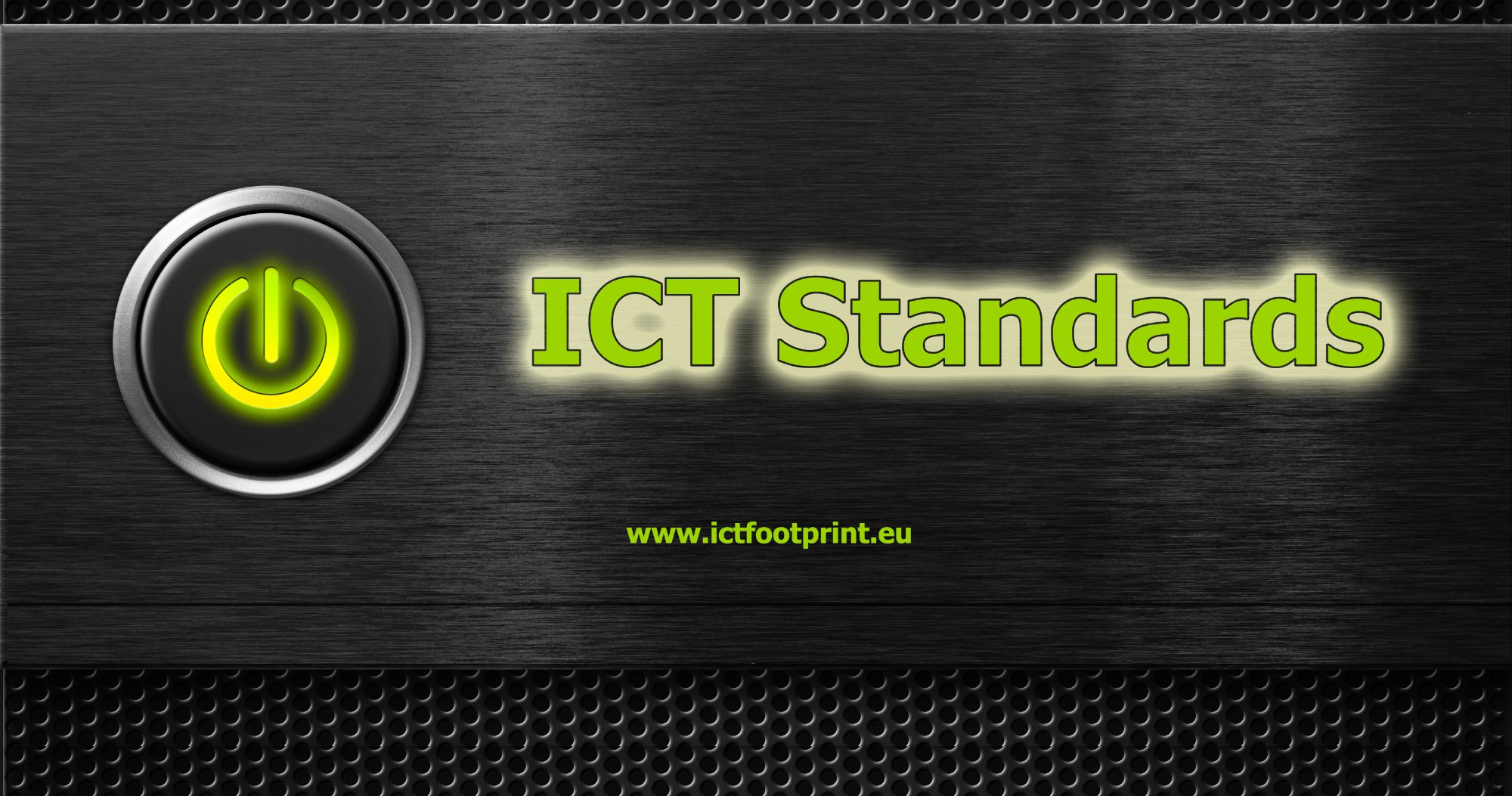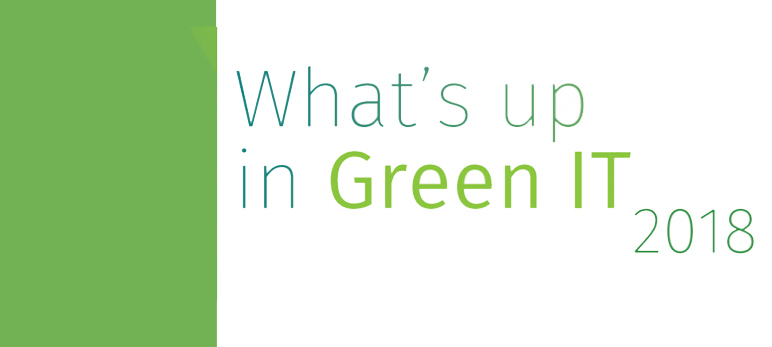
ICT Standards: valuable guides to get benefits & improve competitiveness
Energy consumption and greenhouse gas (GHG) emissions from the Information and Communication Technologies (ICT) sector are growing rapidly as a result of major economic and societal changes such as the uptake of network connected devices and the growth of online services. It is estimated that the ICT sector accounts for 8-10% of the European electricity consumption and up to 4% of its GHG emissions (European Commission).
Although many ICT players do not calculate nor consider their environmental impact in the business related decisions, this information would reveal to be of high interest to them. Calculating the GHG emissions or energy consumption of a service or an organisation may be the first step to achieving long-term climate goals or selecting more environmental-friendly solutions.
Increased competitiveness, higher energy efficiency, economic savings or better image among the public are among the main identified benefits.
Due to the complexity of environmental assessments, existing standards aim at guiding the user by developing sector-specific methodologies. In particular, most standards enable to identify the main contributor to environmental impact; measure improvement actions or goal achievement; ensure that there is no pollution transfer along the value chain; benchmark a service (communication, regulation, etc.)…
A similar approach is used among all standards, but the specific framework (e.g. the selection of activities to assess) differs. For instance, although most standards focus on the GHG emissions and energy consumption related to a service or an organisation, a broaden approach (e.g. inclusion of potential impact on human toxicity) is considered for some others.
Because of the variety of standards and their technical specifications, the ICTFOOTPRINT.eu project aims at introducing and democratizing the main aspects of an environmental assessment approach as well as guiding the user though the identification and implementation of the most relevant standard. With this respect, an overall presentation of the framework, as well as standard-specific factsheets are available on the project website.
Go to our website to find out more on the project and more particularly regarding the ICT-specific standards.




 © 2018 ICTFOOTPRINT.eu – ICTFOOTPRINT.eu has received funding from the European Commission’s Horizon 2020 research and innovation programme under the Grant Agreement no 690911. The content of this website does not represent the opinion of the European Commission, and the European Commission is not responsible for any use that might be made of such content.
© 2018 ICTFOOTPRINT.eu – ICTFOOTPRINT.eu has received funding from the European Commission’s Horizon 2020 research and innovation programme under the Grant Agreement no 690911. The content of this website does not represent the opinion of the European Commission, and the European Commission is not responsible for any use that might be made of such content.